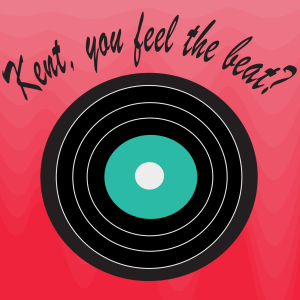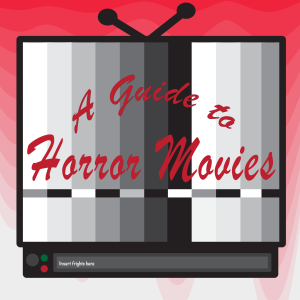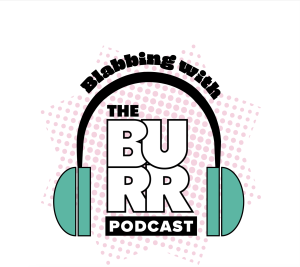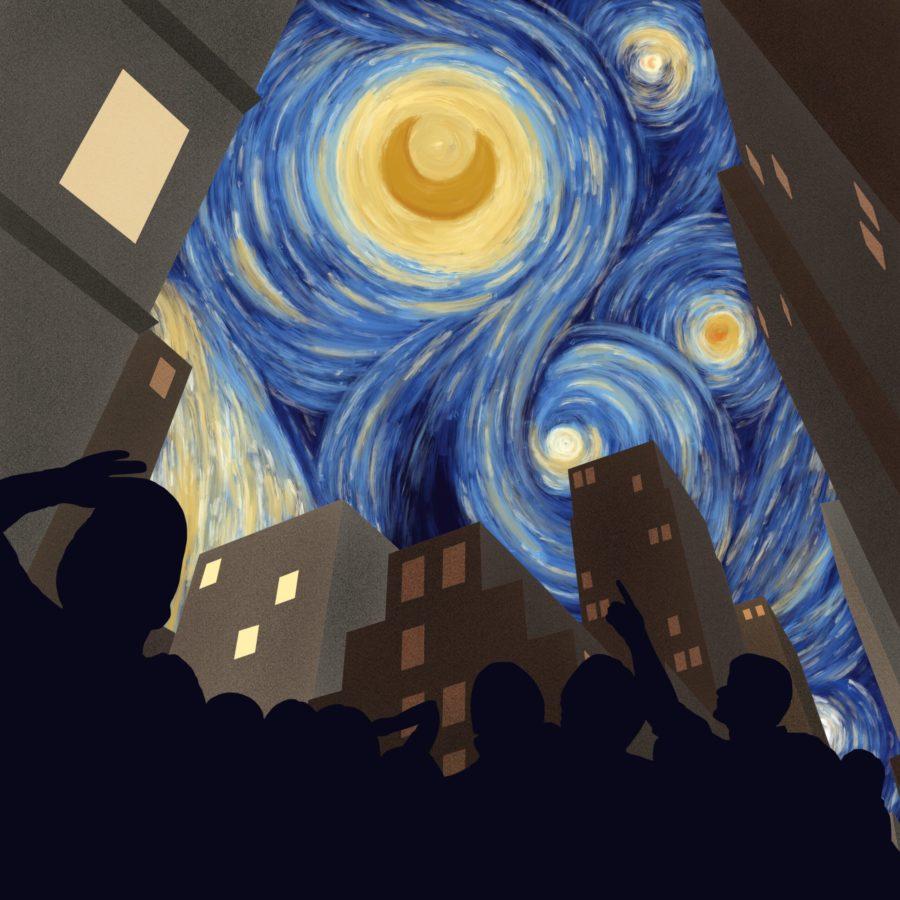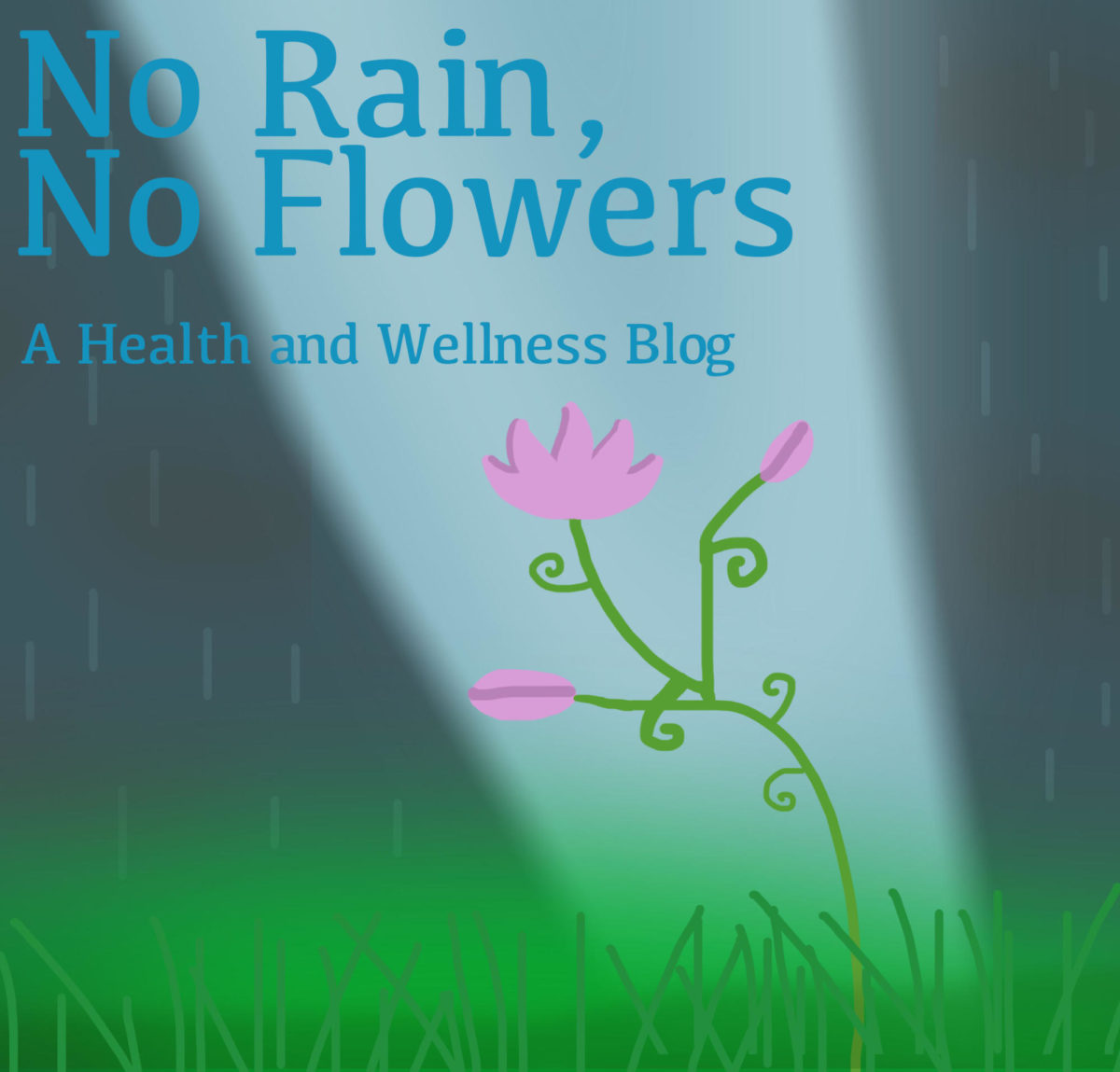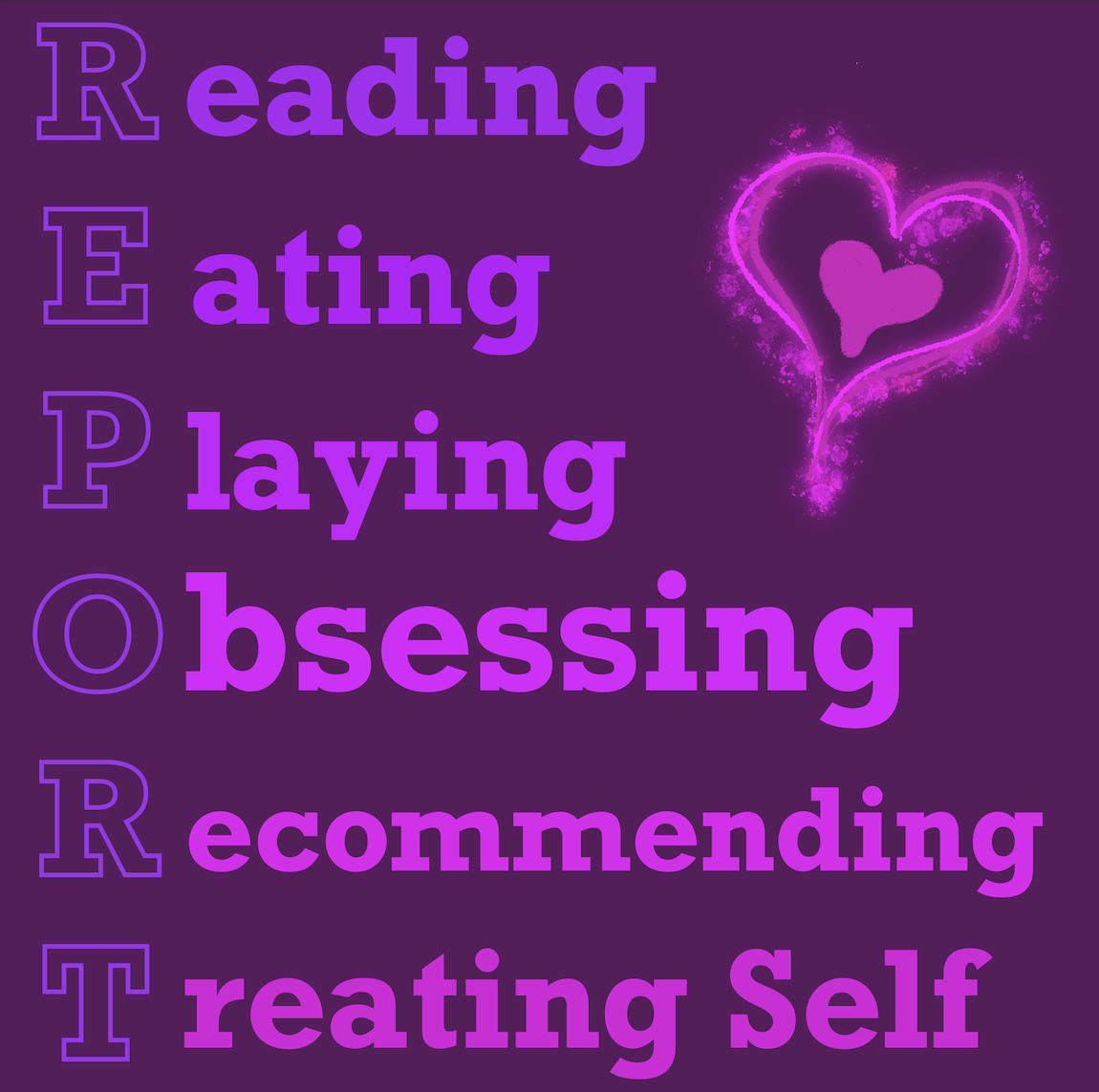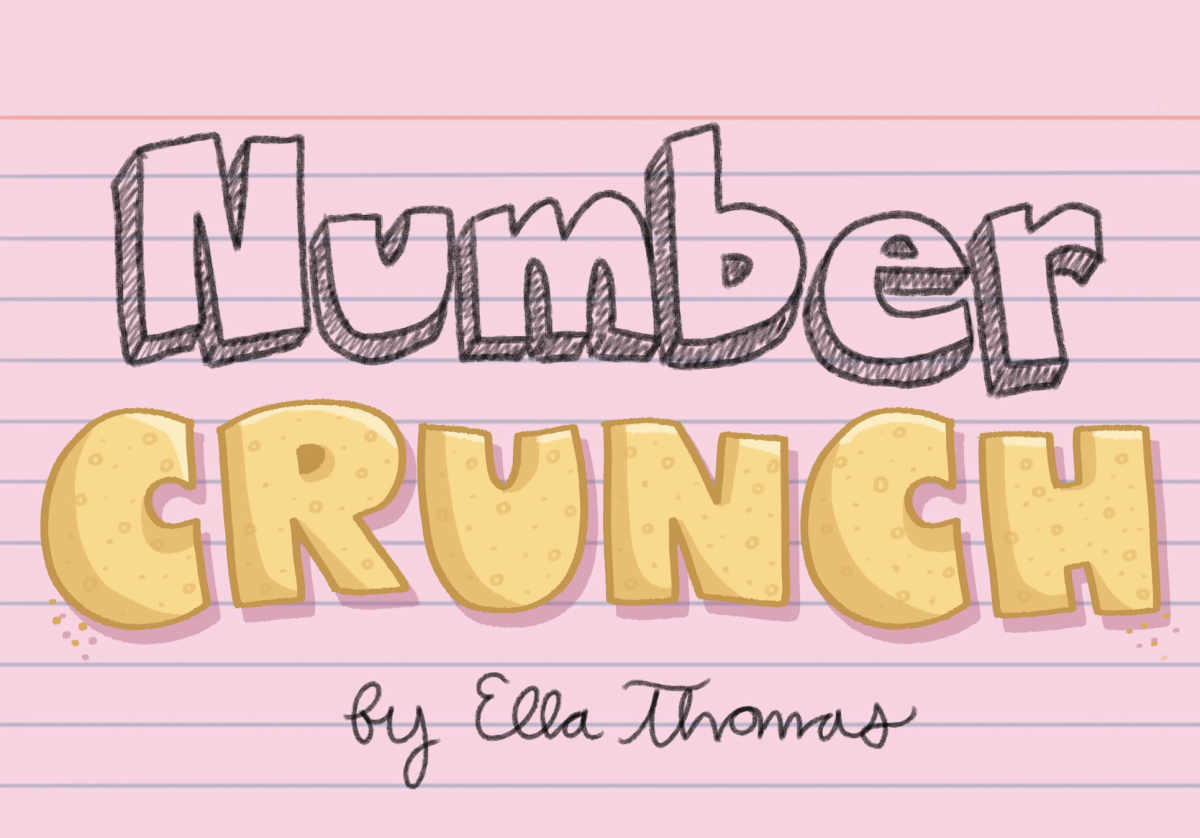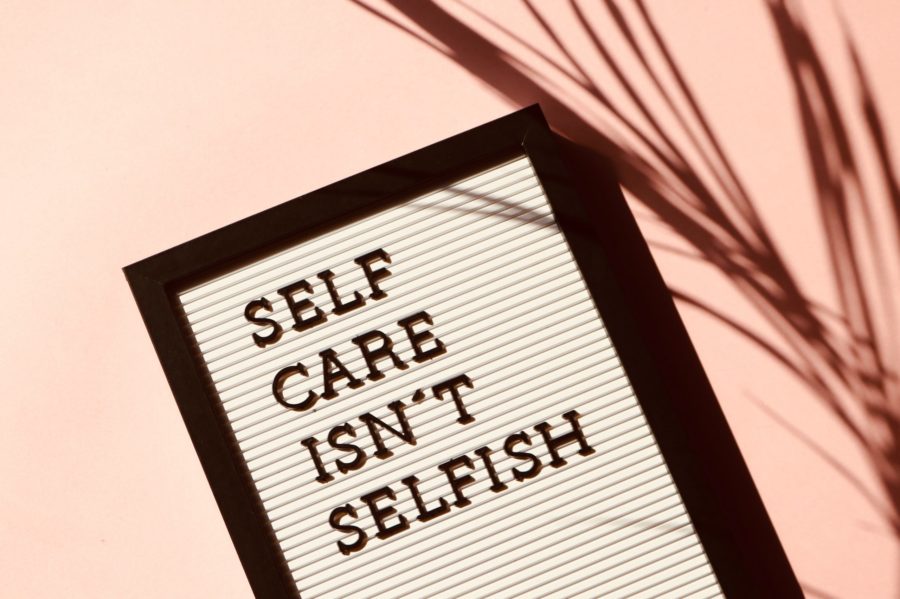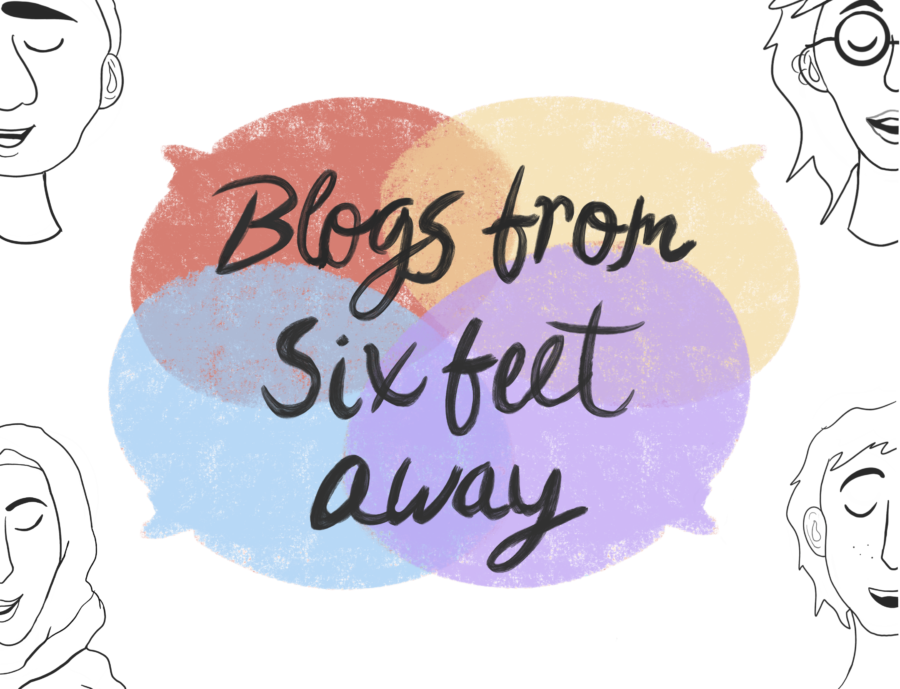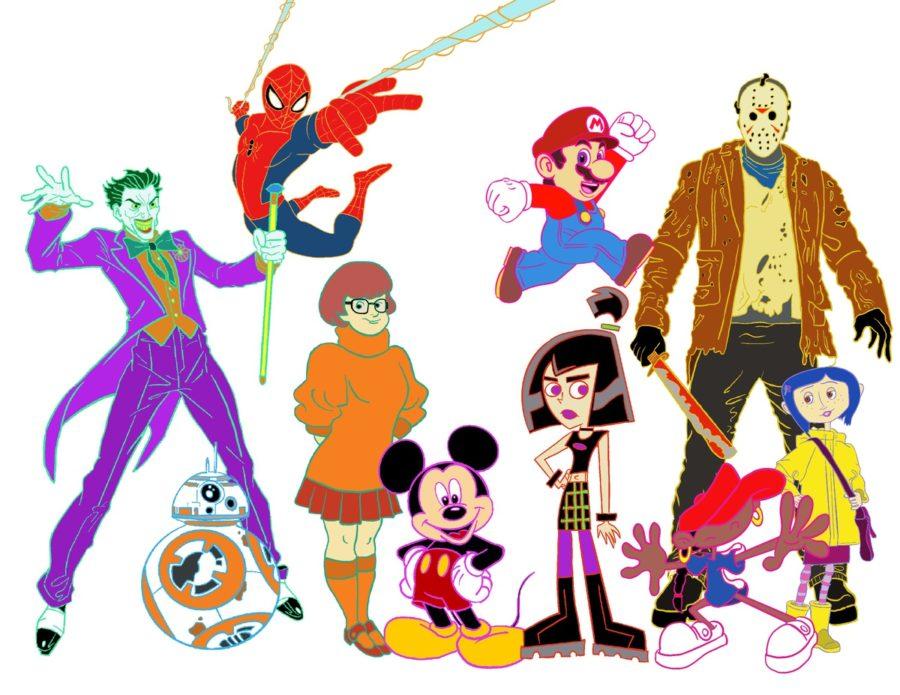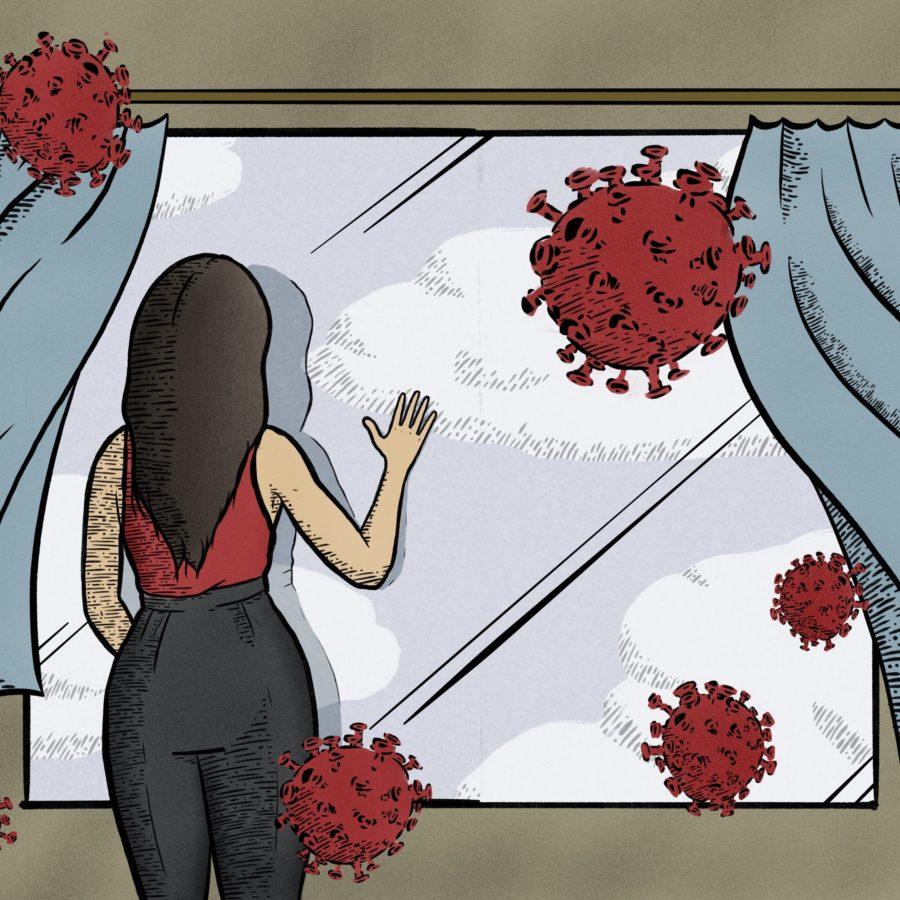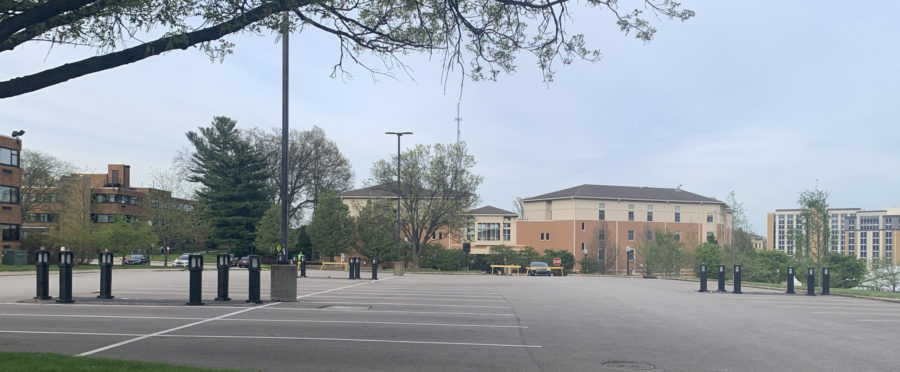ILLUSTRATION BY PRESTON RANDALL
I’ve never been one for numbers.
From a young age, I knew that no matter what I pursued in life, it would have nothing to do with numbers and everything to do with the creative. I liked to draw, I liked to create art and do crafts, I liked to make music, and more than anything, I liked to put words together in meaningful ways.
This isn’t a selective phenomenon. Our brains naturally experience cognitive changes as a result of art, art consumption and the creative — including reduced stress, improved focus and an easier time processing emotions.
During the COVID-19 pandemic, four in 10 adults reported symptoms of anxiety or depression. That same polling of adults revealed the pandemic had significant disruptions to overall well-being and mental health.
How do we cope with the impact this time in history has had on our brains and hearts?
Earlier this month, I turned to art.
Months and months ago, I bought tickets to the Cleveland, Ohio, Immersive van Gogh Exhibit, an art-filled showcase of music and paintings located in cities across the country.

The Immersive van Gogh Exhibit located at Lighthouse Artspace in Cleveland, Ohio. Photo by Emma Andrus
Van Gogh was known to struggle with his mental health throughout his life, often sharing that his art was his outlet.
In a letter to his brother written in July of 1882, he wrote, “Though I am often in the depths of misery, there is still calmness, pure harmony and music inside me. I see paintings or drawings in the poorest cottages, in the dirtiest comers. And my mind is driven towards these things with an irresistible momentum.”
I didn’t really know what to expect beyond what Facebook advertisements showed, but I’ll say my expectations were exceeded.
After showing your ticket, you’re guided through a curtain and into a room filled with music. Art is projected on the walls and floors. Mirrors are set up throughout the room for art to bounce off of from every angle. There are marked circles on the floor either empty or with a bench for social distancing while viewing the exhibit, but it’s also efficient in making viewers feel like their experience is more personal and intimate.
The exhibit cycles through some of van Gogh’s most famous artwork, including “The Starry Night” (1889), “The Bedroom” (1888) and “Sunflowers” (1888).
It starts in darkness, which eventually builds to rich, vibrant, flashing colors. Individual paint-strokes, swirls and shapes are broadcast on the screens, floors and mirrors. After being visually guided through the series of artworks, the exhibit ends in a cyclical fashion, returning to flickering lights and eventually, ending in darkness. You almost become one with the art.

A scene from inside the exhibit. Photo by Emma Andrus
At the end of the exhibit, there are murals and props to take photos with, including a briefcase filled with tubes of paint and a comically large bucket of “paint” tipped over on its side, complete with a giant paintbrush.
As I crawled into the bucket of paint, seated on the edge of the giant paintbrush, ready to take a picture, I slipped off the paintbrush and dropped into the bucket. And I laughed. Hard. Probably an overly ridiculous amount. There was a whole line of people ready to show their tickets and enter the exhibit directly in front of me. But I didn’t care.
I was distracted. I was pulled out of the mundane and ordinary of everyday life, the hustle and bustle of essays, group projects, lectures, editing, writing, meetings, eat, sleep, repeat. I felt: good.
And that’s art for you.

A mural at the conclusion of the exhibit. Photo by Emma Andrus
Whether it’s listening to music, making music, doing a little craft or even viewing artwork, take some time amid the busyness of everyday life and “Go out and paint the stars.” Your brain will thank you.

